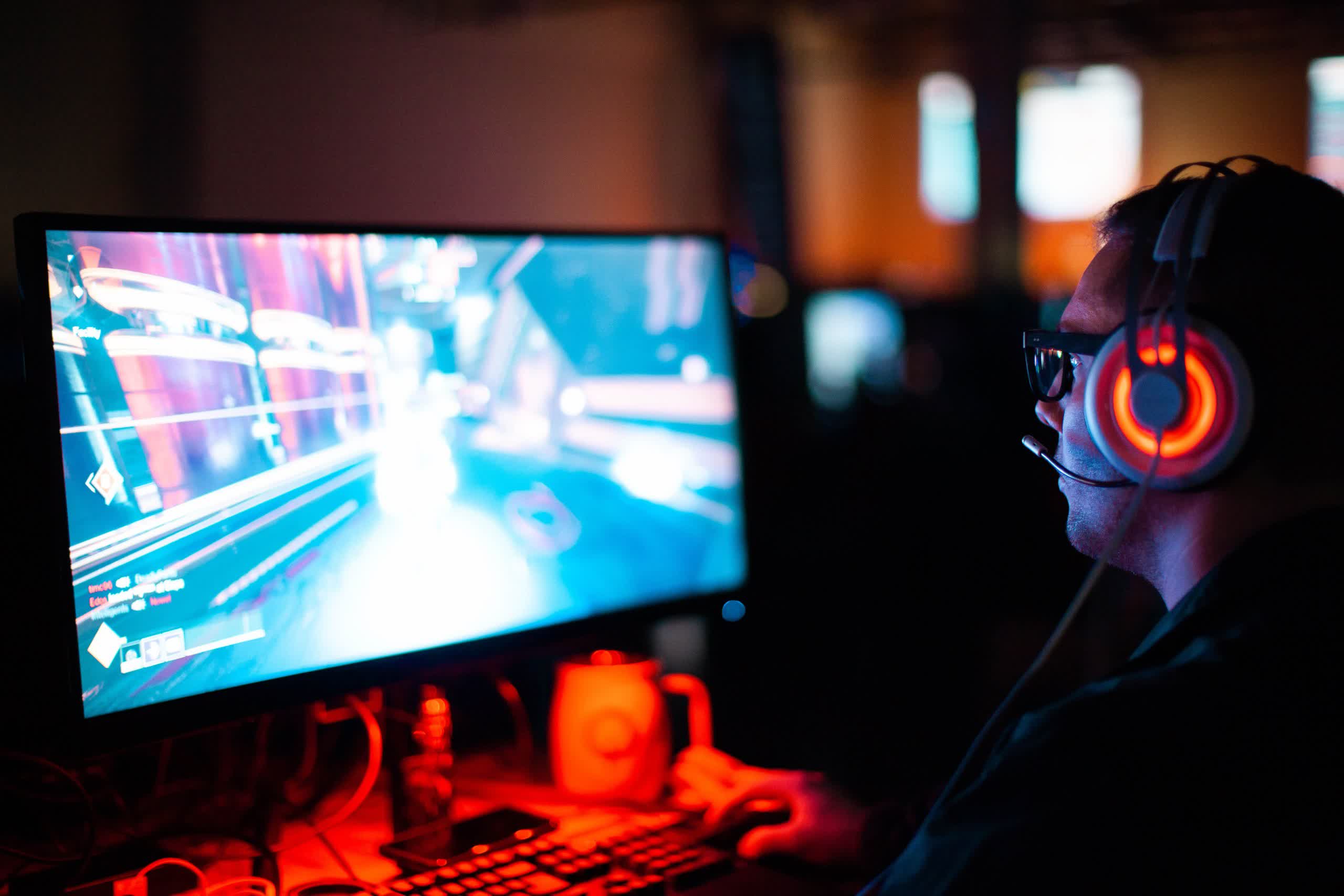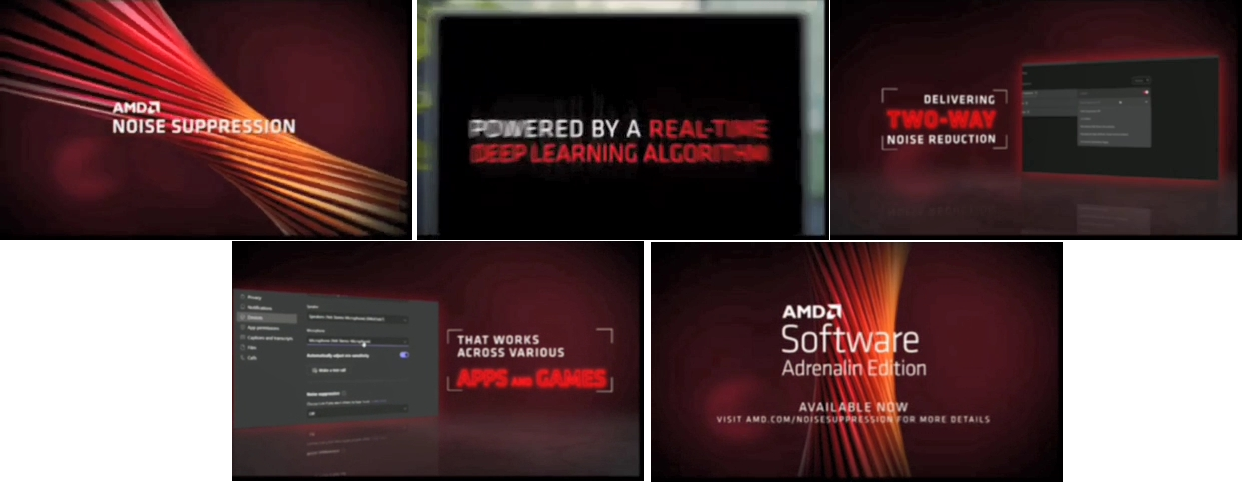What just happened? A leaked video indicates AMD could soon release a noise-canceling tool that sounds similar to Nvidia's. It might suggest AMD is preparing to incorporate AI functionality into its consumer hardware, but it's not enough to determine whether the company has an answer to Nvidia's tensor cores.

On Thursday, AMD posted a video on YouTube detailing a new functionality called AMD Noise Suppression. The company quickly set the video to private, but not before someone saved a low-resolution copy, reposting it on the AMD subreddit before being removed again. AMD apparently isn't ready to talk about the new feature, but it sounds much like RTX Voice.
Released in 2020, Nvidia's RTX Voice cancels all sound except for a speaker's voice during a call or voice chat, integrating with many gaming and productivity apps. The AMD Noise Suppression video – currently still viewable – describes similar functionality using a deep learning algorithm and supporting various apps and games. AMD employs machine and deep learning in its Instinct server accelerators, but the Noise Suppression video shows someone working on a laptop in a home office, suggesting consumer-level usage.
The announcement is the second recent piece of information implying AMD AI features. In late June, a repository update mentioned matrix instructions in the company's upcoming RDNA 3 graphics cards. One known leaker thinks this signifies RDNA3 will use AI-accelerated image reconstruction similar to how Nvidia RTX GPUs employ DLSS.
However, AI-assisted noise canceling doesn't necessarily require hardware like the tensor cores RTX cards need for DLSS. Nvidia's older GTX GPUs can also use RTX voice despite what the name says.
According to AMD's video, Noise Suppression will be part of the company's Adrenalin graphics driver software. The teaser ends with the words "available now," indicating the feature's launch could be imminent.
https://www.techspot.com/news/95388-amd-leaks-removes-announcement-ai-noise-canceling-function.html


